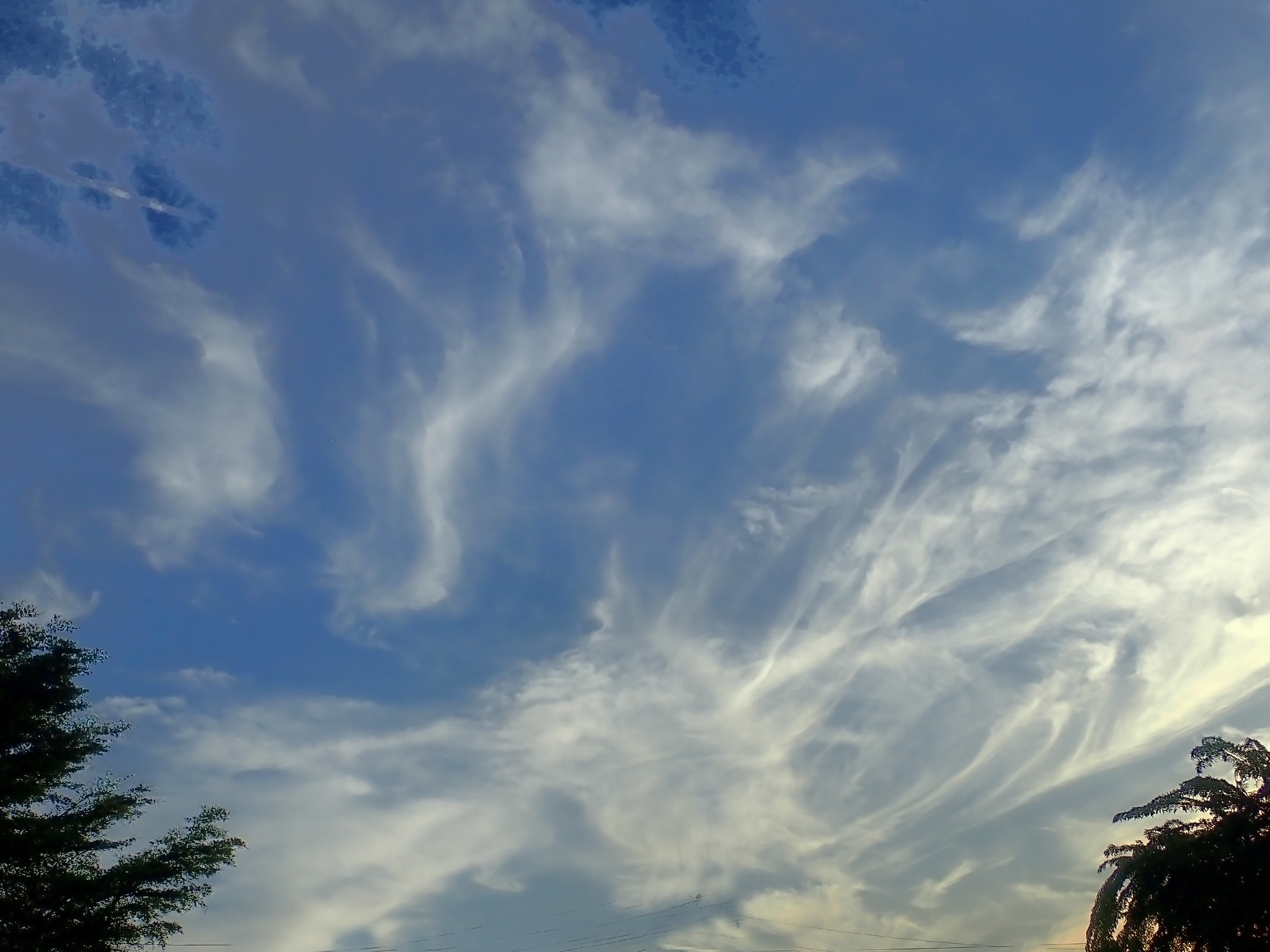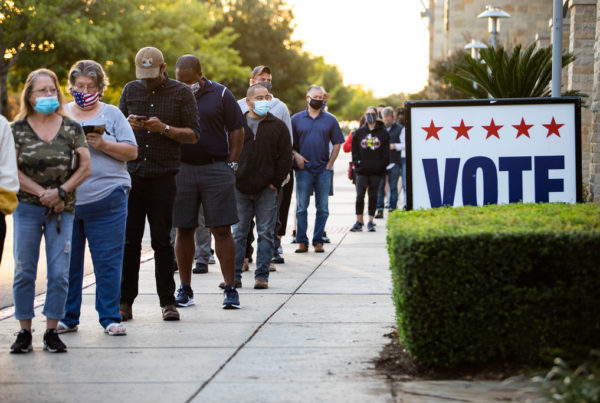Last year, less than 20% of the state was in a drought. Now, over two-thirds of Texas is experiencing some level of drought.
This is just a part of life in Texas. But as dry spells lengthen in both duration and frequency, some researchers in the West are looking to a more hands-on solution to chronic drought: cloud seeding.
The process is used to induce precipitation in drier areas, said Oliver Milman, U.S.-based environment reporter for the Guardian. Cloud seeding has actually been around for decades, but is gaining in popularity as drought becomes more of a problem in parts of the U.S.
“For years, [cloud seeding] experimentation has been done where silver iodide, which is a substance that used to be used in photography, in fact. But it has kind of similar properties to ice crystals. [It is] crushed up and fired into clouds in through aircraft or cannons on the ground, into clouds with the hope that these particles would attract droplets of water, which would then become heavy enough to fall down from the clouds,” Milman said.
Eight western U.S. states have cloud seeding programs, Milman says.













